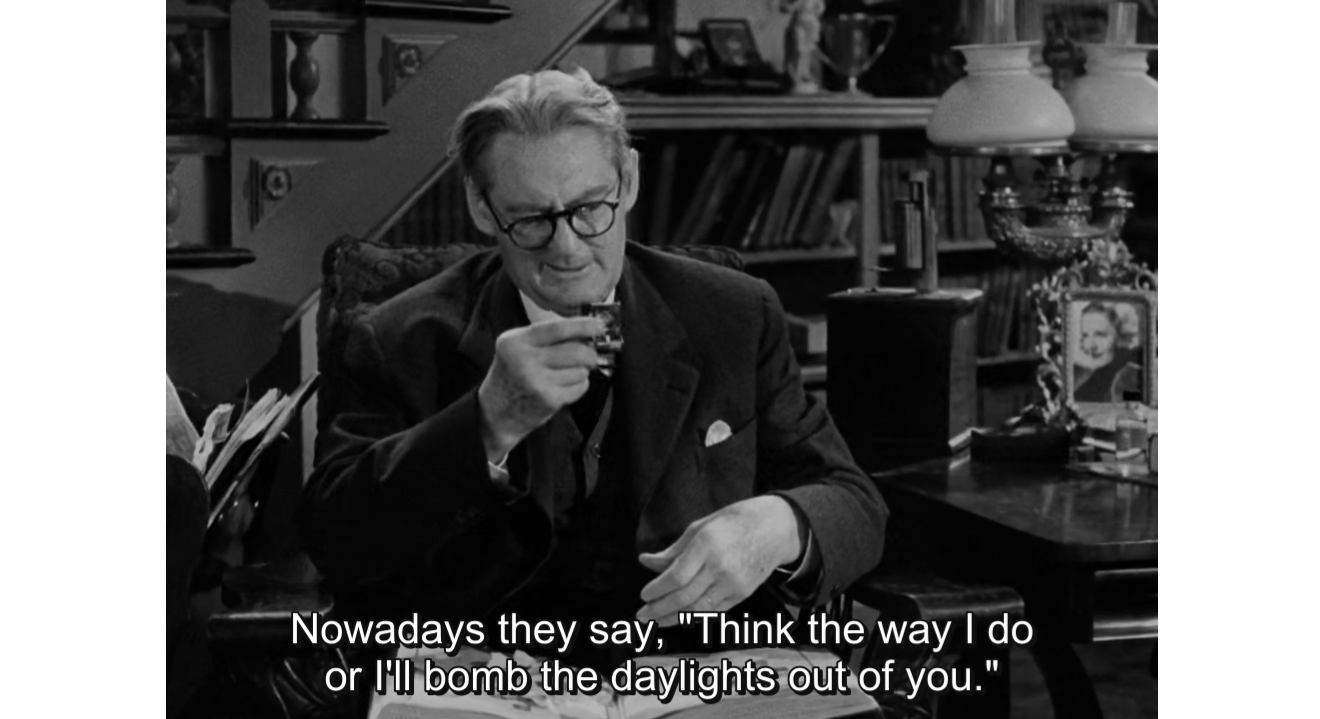
Kundiman ng Lahi (Lamberto Avellana, 1959)
English Title: Song of the Race
The first image we see in Lamberto Avellana's Kundiman ng Lahi (Song of the Race) is the rhythmic grinding of grain to fine flour. There are no extravagant visuals or swelling music to accompany the opening credits. Just that, the sound of repeated pounding and the image of the mortar and pestle being utilized. It's a beautiful introduction, very simple yet appropriate in detailing the overall thrust of Avellana's film wherein a barrio lass who is dealt with fate's repetitive pounding, and despite such, survives triumphantly.
We then hear the beautiful melody of Nicanor Abelardo's song. Through the narration by Isang (Charito Solis), we learn that it is the town fiesta. We see Isang with her sweetheart Tonyo (Eddie Rodriguez) in gleeful celebration before being dealt with news of the impending death of her mother. Orphaned, she is left to the whims and cruel shrewdness of her aunt (Rosa Aguirre) and step-uncle (Joseph de Cordova). In order to pay for her mother's debts and the mortgage attached to the land she has inherited, she first sews, before being lured into the cabarets, wherein she retains her moral uprightness despite the seediness of her profession.
Avellana's approach is clearly genteel, but never prude. There's a subtle sensuality to Avellana's filmmaking: the way he dresses and imagines Isang to complete the picture of nubile and seductive innocence (after the mother's death, you first see Isang dressed in a sexy black dress, her cleavage peeking and her wavy hair overflowing with sensual invitations), enough to make the step-uncle's insistent gestural innuendos (a curious tapping of his fingers in Isang's naked arm, or the momentary yet stolen glances of Isang's cleavage) understandable, and even forgiveable. It is that difficult balancing act that makes Kundiman ng Lahi engrossing: that the sexy vixen is the personification of well-regarded Filipina virtues of domesticity, propriety, purity and innocence.
Avellana also masterfully captures the allure of progress. Jaime (Vic Silayan) takes Isang for a ride to Manila. We see the rapid yet memorable images of the city through the car ride (the bright lights and the rows of car), and more importantly, the fascination of Isang (as shown by Solis' sparkling face and her apt narration). Also, Tonyo forgoes the slow income of working the land to the monthly salaries and the huge machineries of a rock quarry. Avellana depicts progress as an inevitable change that is happening.
How do these Filipina virtues factor in a nation that embraces progress and materialism? We witness Isang traverse the all-too-familiar path leading to corruption (extreme poverty, cruelty by her guardians, being employed in a cabaret, having a rich, urbane suitor). We also witness how she has always survive through the trials by clinging on the same virtues (her regard for familial and marital ties) that is so easy to discard amidst the calls of modernity. Avellana (and of course the very righteous stance of LVN Studios) seems to be establishing that such virtues are not antiquated by progress or the several beatings and hardships that accompany modernity.
The film closes with Tonyo and Isang reunited, with her reformed aunt and their baby. We are reminded of the opening image; that notwithstanding the ease and allure progress has provided them, there's no better way to make flour than by pounding the grain with meticulous rhythm, difficult and painstaking as it may seem. Life is not very different.















.jpg)






















No comments:
Post a Comment